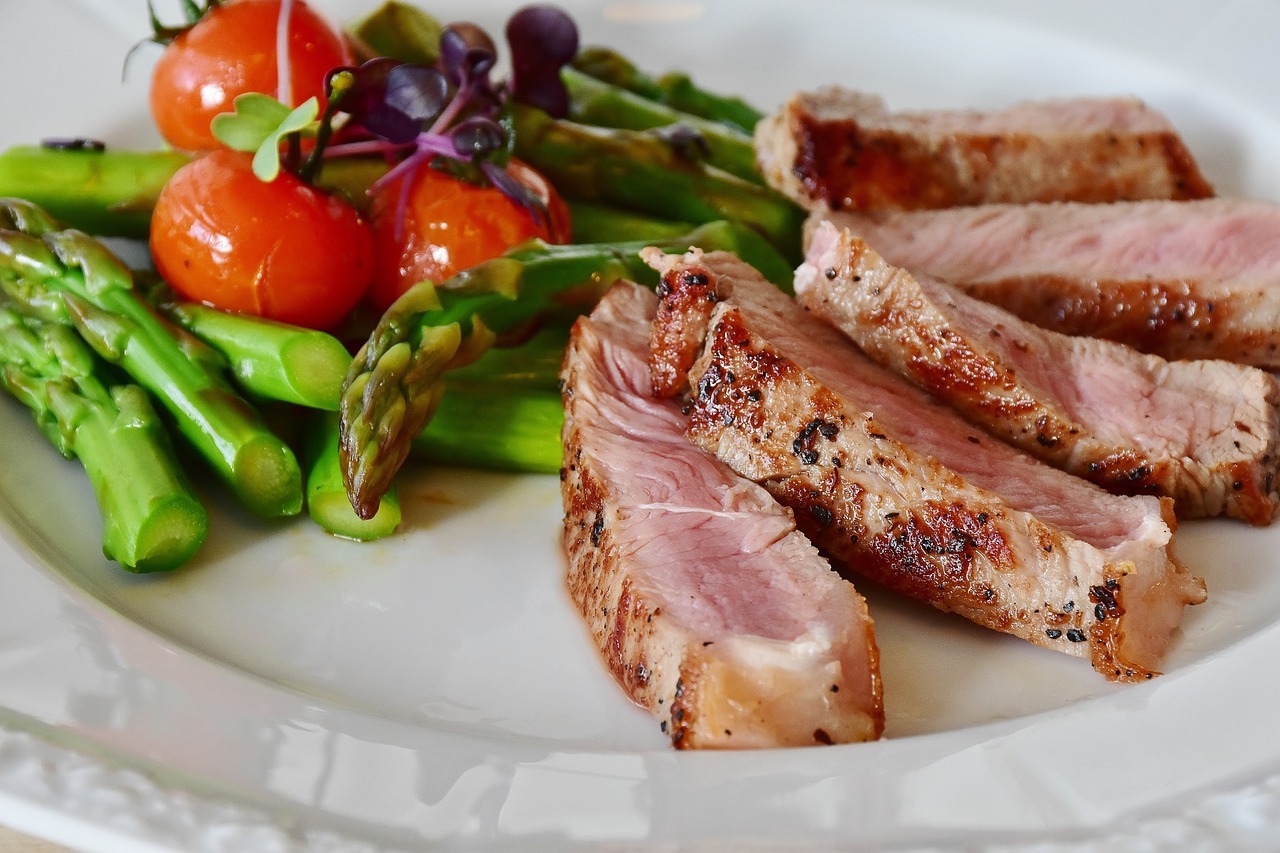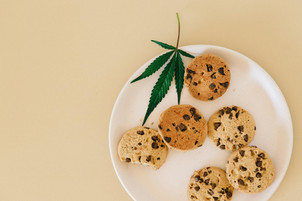You smoke cannabis when you want a faster and shorter hit, but you eat it when you want a longer, more intense trip. That's the basic difference between choosing smoking vs edibles. But intent alone won’t decide your experience. There is a significant waiting period before edibles take effect, and if you eat the wrong foods as you wait, the results can be extreme.
It usually looks like this — initial diminished effects, over-dosing, and greening out. Whether you are using edibles for the first time or are new to cannabis products altogether, it's important to make informed choices. To avoid unpleasant experiences, you must learn how to make edibles hit harder by figuring out which foods to avoid with edibles.
1. Too Much Fat
Fats are tricky when it comes to THC absorption in the body. If you eat the right amount of fatty foods with your edibles, it will increase the effect of the THC consumed. But excessive fat-high foods will reduce THC absorption. This means the more fat you eat, the less hard your edibles will hit.
The science works like this: cannabinoids like CBD and THC are fat-soluble and require a lipid medium called mixed micelles to be absorbed in the body. Limited fats help produce mixed micelles. But too much fat engages the bile salts and phospholipids, which are responsible for assembling the mixed micelles. As these precious resources are used up to process the fat, mixed micelles stop forming. Thus, THC absorption is impacted.
2. Any Amount of Alcohol
Alcohol is one of the top foods to avoid with edibles. When you drink in tandem with eating edibles, the effects of both the alcohol and the cannabinoids are heightened. This means you’ll feel more intoxicated than you bargained for. Needless to say, the crossfading or the combined effects of dizziness, impaired judgment, anxiety, and nausea can be dangerous.
The reason is simple. Both alcohol and THC affect the central nervous system. Alcohol increases the peak THC levels in your blood. So when you take them together, the alcoholic beverage makes the edible hit harder than usual. And since it takes longer for an edible to take effect, you can easily drink more alcohol while waiting. Finally, when both substances take effect, you will over-dose or green out.
3. Foods High in Fiber Content
While different types of THC edibles have varied effects and potency, knowing what you can expect from your edible decides your dosing pattern. For instance, if you know an edible takes two hours to work and produces sedative effects, you will take it two hours before bed. But high-fiber foods can ruin all your plans. They interfere with cannabinoid absorption and alter the onset time and effect duration.
Cannabis slows down the speed at which food moves through your digestive tract. High-fiber foods do the same. Fiber doesn’t let the digested food components release into the bloodstream by forming a gel-like material. So any cannabis you consume via edibles will release very slowly and over a long time. This means your edibles won’t hit as hard, but their effect will last longer. If you want a predictable experience, it's best not to eat fatty and fibrous foods with edibles.
4. Grapefruit
Grapefruit can intensify your experience. Cannabis edibles, when combined with grapefruit, create longer and stronger effects than expected from the edible alone. This means you can experience the impact of potent THC products while actually consuming a milder edible.
It all starts with the cytochrome P450 3A4 enzyme system. These enzymes break down foreign substances that enter the body, including medications and cannabinoids. The CYP3A4 enzyme, in particular, limits how much of the drug actually enters the bloodstream. Grapefruit messes with this process and makes edibles hit harder. It inhibits the P450 3A4 enzyme system, which means more cannabinoids are available for uptake.
Keep it Balanced

The cannabis-food interactions within the body are highly complex and sensitive to outside factors like food habits. So you have to be mindful of which foods to avoid with edibles. Even if you are using the best form of THC for edibles, you can experience adverse effects if you pair it with one too many slices of pizza or glasses of alcohol.
Be wise with your meals. Always choose a balanced diet that includes plenty of proteins, the right amount of fiber, and healthy fats. This is not only good for your general well-being; it also ensures your experience with cannabis edibles is as enjoyable as expected. No more, no less!

